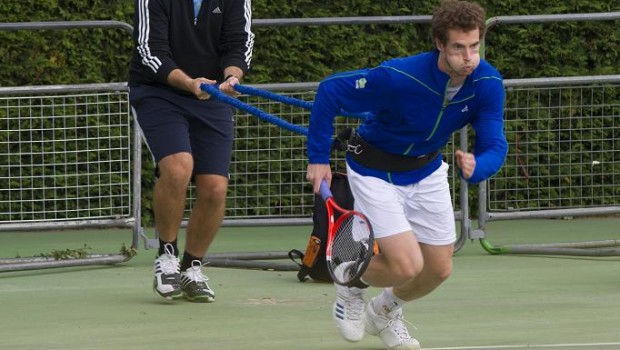That is the question. It also means that whatever side of the issue you tend to fall on, you’ll be disagreeing with others and their thoughts on the matter. After teaching for the last 15 years, I see merit in both view points. I do however, tend to fall more on the side of hard work and the benefits of building the right neural pathways; over supernatural talent from day one of your athletic career. The Talent Code and Little Book of Talent by Daniel Coyle should be mandatory reading for any coach or parent looking to mold super athletes.
What is Talent?
“Innate ability, aptitude, or faculty, esp when unspecified; above average ability.” And if you look around in the circle of sports, there are certainly plenty of people that fit that description. There are however, exceptions to everything and talent is one of them. As an example, someone with high level athletic experience in multiple sports, has gained skills in things like hand eye coordination, agility, quickness, and the ability to track and follow objects. Taking someone with those types of well defined skills and teaching them to play tennis at a solid level, would be fairly easy because of their prior experience and skill set.
Skill Building
Making someone a high level athlete is really about skill building from a very early age. Teaching that person the proper ways to do things, and acquiring certain levels of skill in each category. As an example, I recently had a student out for a lesson for the very first time. This person is quite young and has only been playing tennis for a short period of time (less than 6 months), but the athletic skillset was firmly in place, and that allowed for immediate success. You could immediately tell the student had played other sports and done so at a high competency level. The necessary quickness, agility, speed, reaction time, and spacial awareness were solidly in place.
Rafael Nadal and Andy Murray
In his autobiography “RAFA” there is plenty of talk of the clumsiness of Rafael Nadal, and the amount of hours and training he did privately with Uncle Tony. His “clumsiness” and subsequent training are not the only case to be made for hard work over talent. Andy Murray is another such case, the 2013 Wimbledon champion was talked about by his mother Judy Murray, as lacking in talent and ability in his formative years. It wasn’t until years later, and hours of work, that his skills started to build and solidify.
Making a change
We talked about the ability to make changes in Part 1 and Part 2 of our Rafael Nadal Master of Change articles. While there is certainly an advantage to skill building at an early age, the work put in by Rafael Nadal and Uncle Toni to make significant changes to his groundstroke technique at the age of 27 can’t be understated. The pathways that were built and solidified in an athlete of his caliber, had to be very difficult to overcome. While we can’t be sure how much time it actually took to make those technical changes, we can be sure that it was something that had to be carefully planned and executed.
The lesson to be learned is it is never too late to make a change, not if you’re willing to put in the work!


